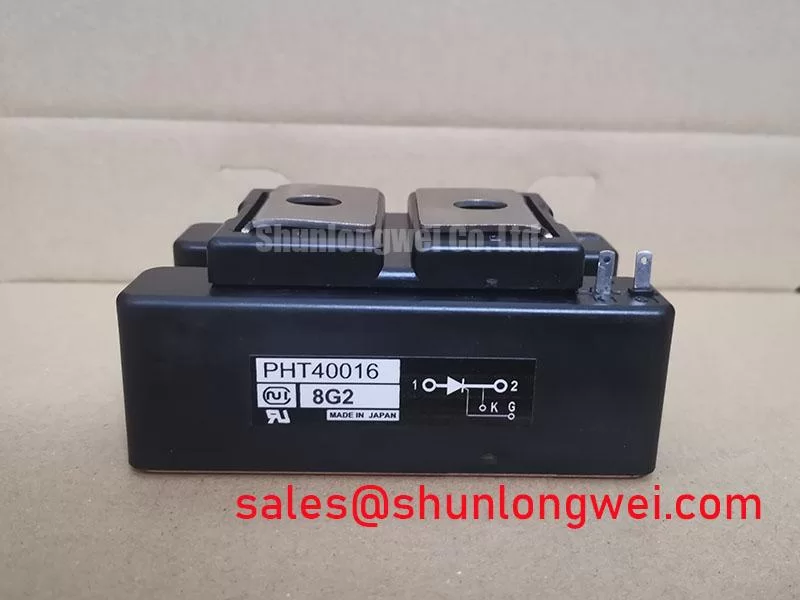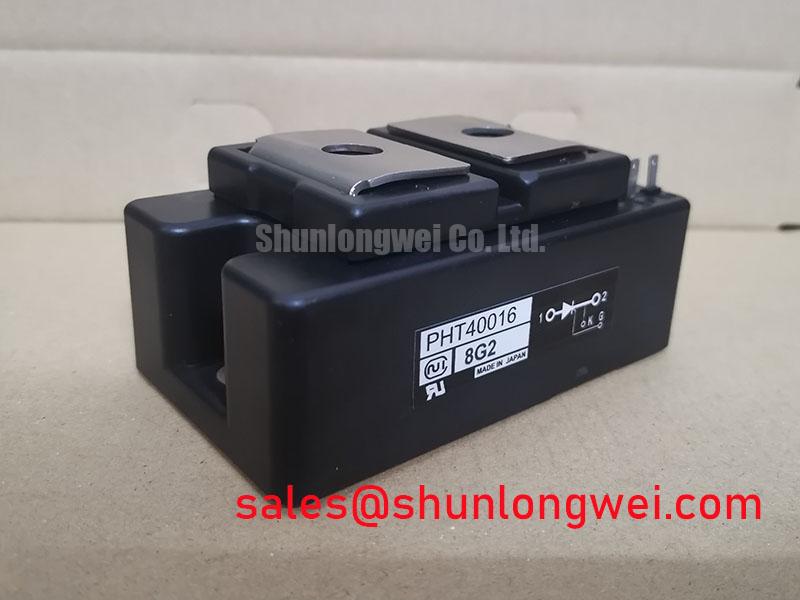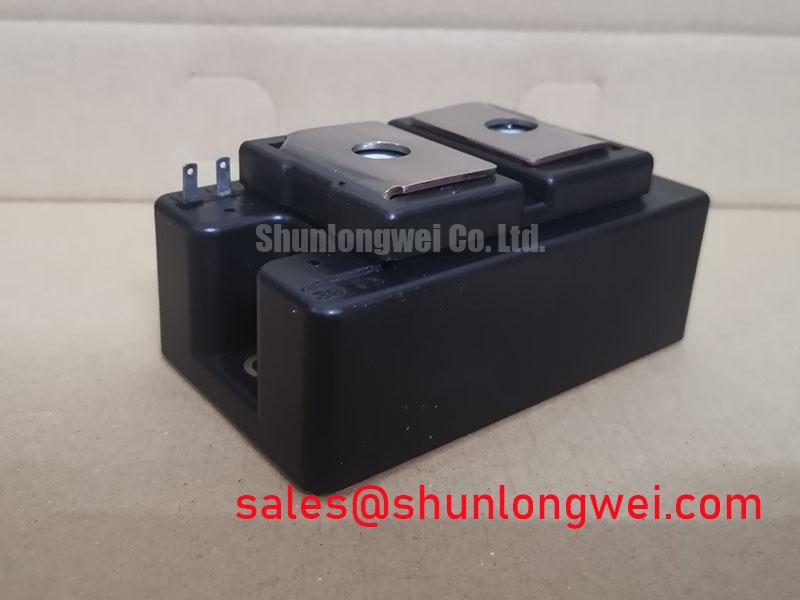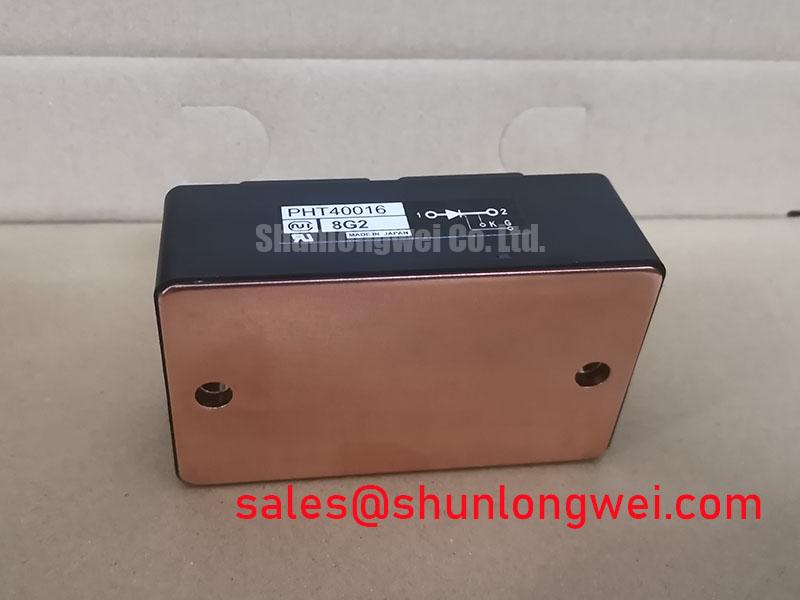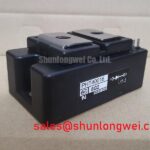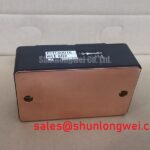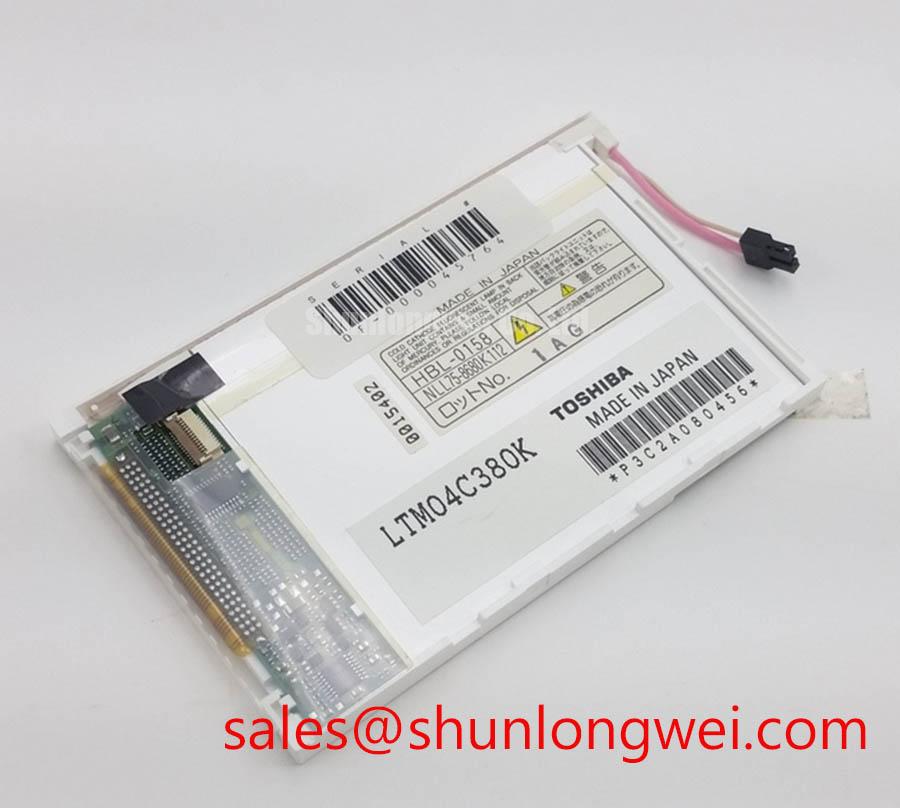PHT40016 Datasheet, Specs & Analysis: A 1600V, 400A Thyristor/Diode Module for High-Reliability Power Control
Product Overview & Key Specifications
Content last revised on October 14, 2025.
The NIEC PHT40016 is a high-performance Thyristor/Diode module engineered for exceptional long-term reliability in high-power industrial applications. It combines robust thermal performance with superior surge current handling to ensure system integrity under demanding operating conditions. With core specifications of 1600V | 400A | 9500A ITSM, this module provides two primary engineering benefits: superior surge survivability and a simplified thermal design path. It is specifically designed to withstand massive inrush currents, ensuring robust performance during motor startups or line fault conditions. For high-power soft starters or controlled rectifiers requiring exceptional surge immunity, the PHT40016's 9500A ITSM rating makes it a definitive choice.
Application Scenarios & Value
System-Level Benefits in High-Current Motor Control and Power Rectification
The PHT40016 is ideally suited for power conversion systems where reliability under electrical stress is a primary design criterion. Its robust architecture makes it a cornerstone component in applications such as industrial AC Soft Starters, high-power DC motor controls, and controlled front-end rectifiers for variable frequency drives.
Consider a heavy-duty conveyor belt system powered by a large induction motor. The primary engineering challenge during startup is managing the immense inrush current, which can be several times the nominal operating current. The PHT40016 directly solves this problem with its exceptional non-repetitive surge current (ITSM) rating of 9500A. This high surge immunity provides the necessary resilience to handle repeated motor starts without degradation or failure, a critical factor in manufacturing and material handling environments. What defines the PHT40016's robustness? Its ability to handle a massive 9500A non-repetitive surge current. This capability ensures that downstream equipment is protected and system uptime is maximized. For systems with lower power requirements, the related SKKD162/16 provides a lower current alternative within a similar module family.
- Large-Scale AC Motor Soft Starters
- High-Current Controlled Rectifier Bridges
- Industrial DC Power Supplies
- Welding Power Supply Front-Ends
- Battery Charging Systems
Key Parameter Overview
Functional Ratings for Robust Power System Design
The electrical and thermal parameters of the PHT40016 are specified to support conservative design practices in high-reliability systems. The following table provides a functionally grouped overview of its key performance metrics.
| Absolute Maximum Ratings (Tj = 25°C unless otherwise specified) | ||
|---|---|---|
| Parameter | Symbol | Value |
| Voltage Ratings | ||
| Repetitive Peak Off-State and Reverse Voltage | VDRM, VRRM | 1600 V |
| Current Ratings | ||
| Average On-State Current (Thyristor) | IT(AV) | 400 A |
| RMS On-State Current (Thyristor) | IT(RMS) | 628 A |
| Average Forward Current (Diode) | IF(AV) | 400 A |
| Surge Current (Non-Repetitive, 50Hz Half-Sine) | ITSM, IFSM | 9500 A |
| I²t Limit (for fusing) | I²t | 451,250 A²s |
| Thermal and Mechanical Specifications | ||
| Operating Junction Temperature Range | Tj | -40 to +125 °C |
| Thermal Resistance, Junction-to-Case (Thyristor) | Rth(j-c) | 0.05 °C/W |
| Thermal Resistance, Junction-to-Case (Diode) | Rth(j-c) | 0.08 °C/W |
| Isolation Voltage (AC, 1 minute) | VISO | 2500 V |
Download the PHT40016 datasheet for detailed specifications and performance curves.
Technical Deep Dive
Implications of Thermal Resistance and Surge Capability on Lifetime Reliability
Two key parameters from the datasheet—thermal resistance and surge current—are fundamental to the PHT40016's long-term operational reliability. A deeper understanding reveals their direct impact on system design and component lifespan.
The module’s low junction-to-case Thermal Resistance (Rth(j-c)) of 0.05 °C/W for the thyristor is a critical performance indicator. How does the module simplify thermal design? Through a low junction-to-case thermal resistance of 0.05 °C/W. This value can be analogized to the width of a pipeline for heat; a lower Rth(j-c) signifies a wider, more efficient path for waste heat to travel from the active silicon die to the heatsink. For a design engineer, this directly translates into a lower junction temperature for a given power dissipation, or alternatively, allows for a smaller, more cost-effective heatsink while maintaining a safe operating temperature. This efficient heat extraction is crucial for mitigating thermal stress, which is a leading cause of failure in power electronics.
Complementing its thermal efficiency, the 9500A ITSM rating provides a substantial buffer against abnormal electrical events. This is not just about surviving a single fault; it's about withstanding the cumulative stress of repeated inrush cycles in applications like Variable Frequency Drive (VFD) pre-charge circuits or motor starting. The robust die and bonding structure required to achieve such a high rating contribute to the module's overall mechanical ruggedness, ensuring it performs reliably for years in harsh industrial settings.
Frequently Asked Questions (FAQ)
How does the 9500A ITSM rating of the PHT40016 benefit industrial motor drive applications?
This high surge current rating provides a critical safety margin, allowing the module to safely absorb the large inrush currents that occur when starting large inductive loads like AC motors. This prevents catastrophic failure, reduces system downtime, and enhances the overall reliability and safety of the motor control system, a key requirement under standards like IEC 61800-5-1.
What is the significance of the 0.05 °C/W thermal resistance (Rth(j-c)) for system design?
A low Rth(j-c) value signifies highly efficient heat transfer from the semiconductor junction to the module's baseplate. This allows engineers to either operate the device at higher power levels, reduce the size and cost of the required heatsink, or design for a lower operating junction temperature, which significantly increases the module's operational lifespan and reliability.
For detailed evaluation of the PHT40016's fit within your power system, or to explore options for different voltage and current ratings, please contact our technical support team for an engineering-level discussion.

